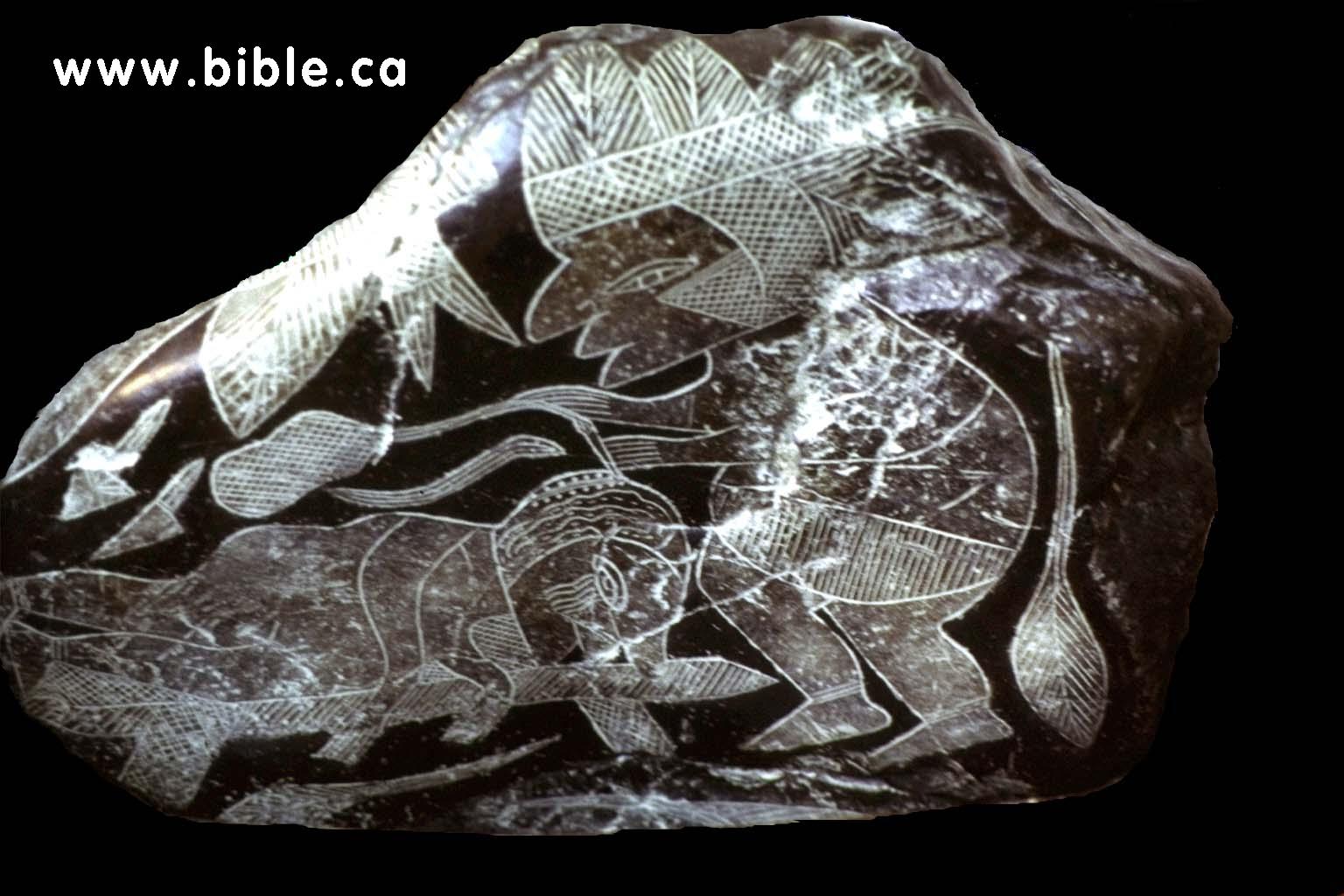
Dinosaur Art From Ancient Tombs In Peru evidence that dinosaurs and humans coexisted
Dinosaurs in Peru? Yes. About 150 million years ago, dinosaurs roamed the area of what today is a wide and desert gorge of the western Andes mountains that joins the Valley of the Majes River in southern Peru leaving their footprints behind.
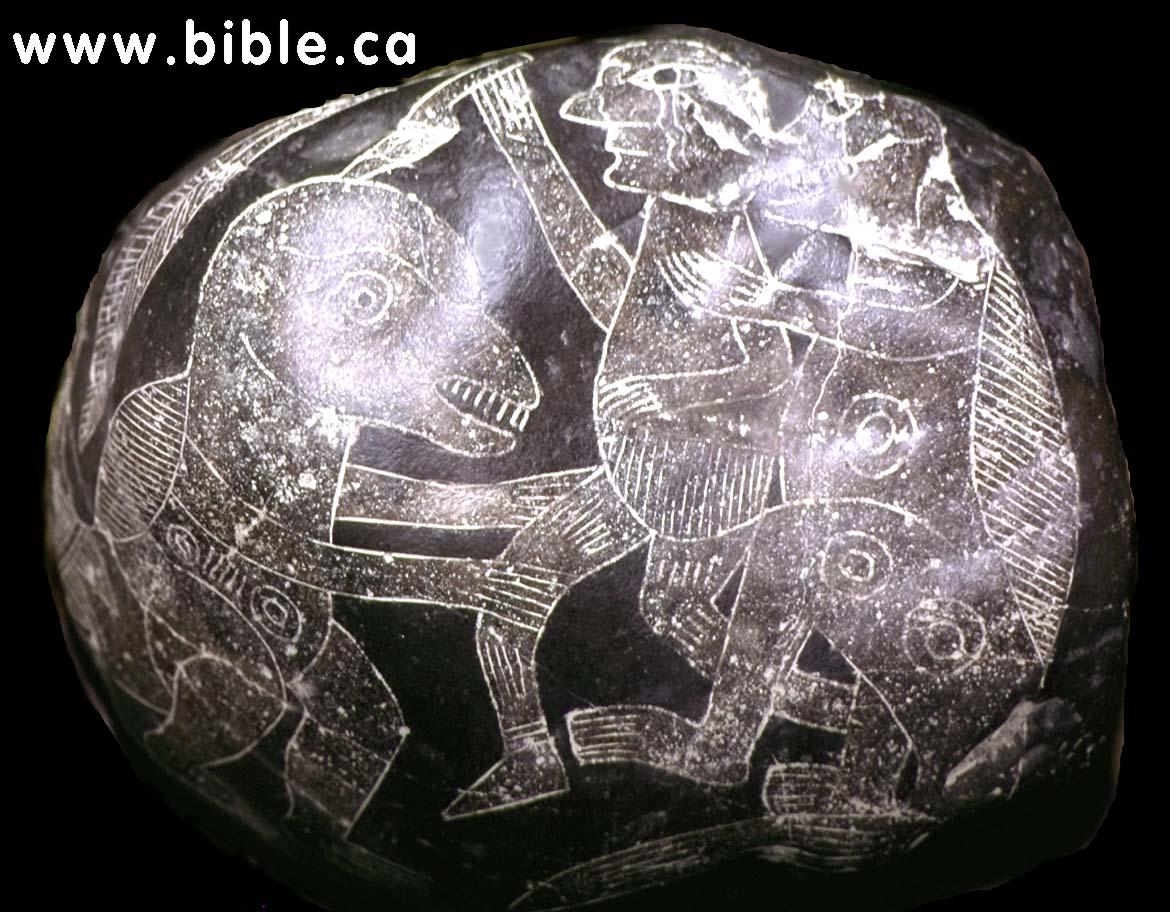
Dinosaur Art From Ancient Tombs In Peru evidence that dinosaurs and humans coexisted
Ica Stone with dinosaurs Brattarb via Wikipedia (Public Domain) It is a rare object that stimulates the curiosity of archaeologists, ancient astronaut theorists, Atlantis supporters, and.
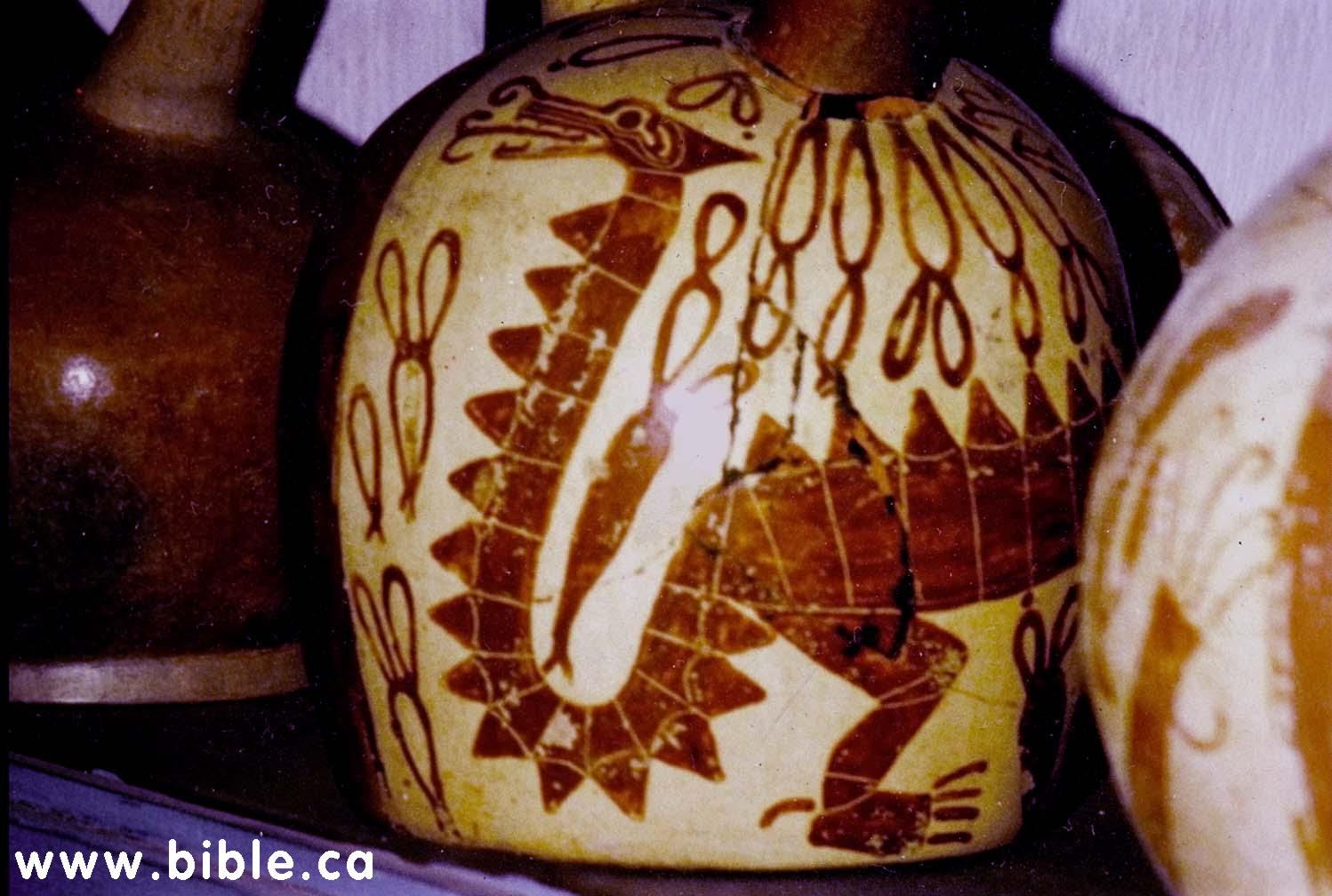
Dinosaur Art From Ancient Tombs In Peru evidence that dinosaurs and humans coexisted
Scientists unearth a fossil in Peru of a giant penguin that lived some 36 million years ago, offering an insight into the birds' evolution.. Dinosaurs breathed like penguins. Published. 7.
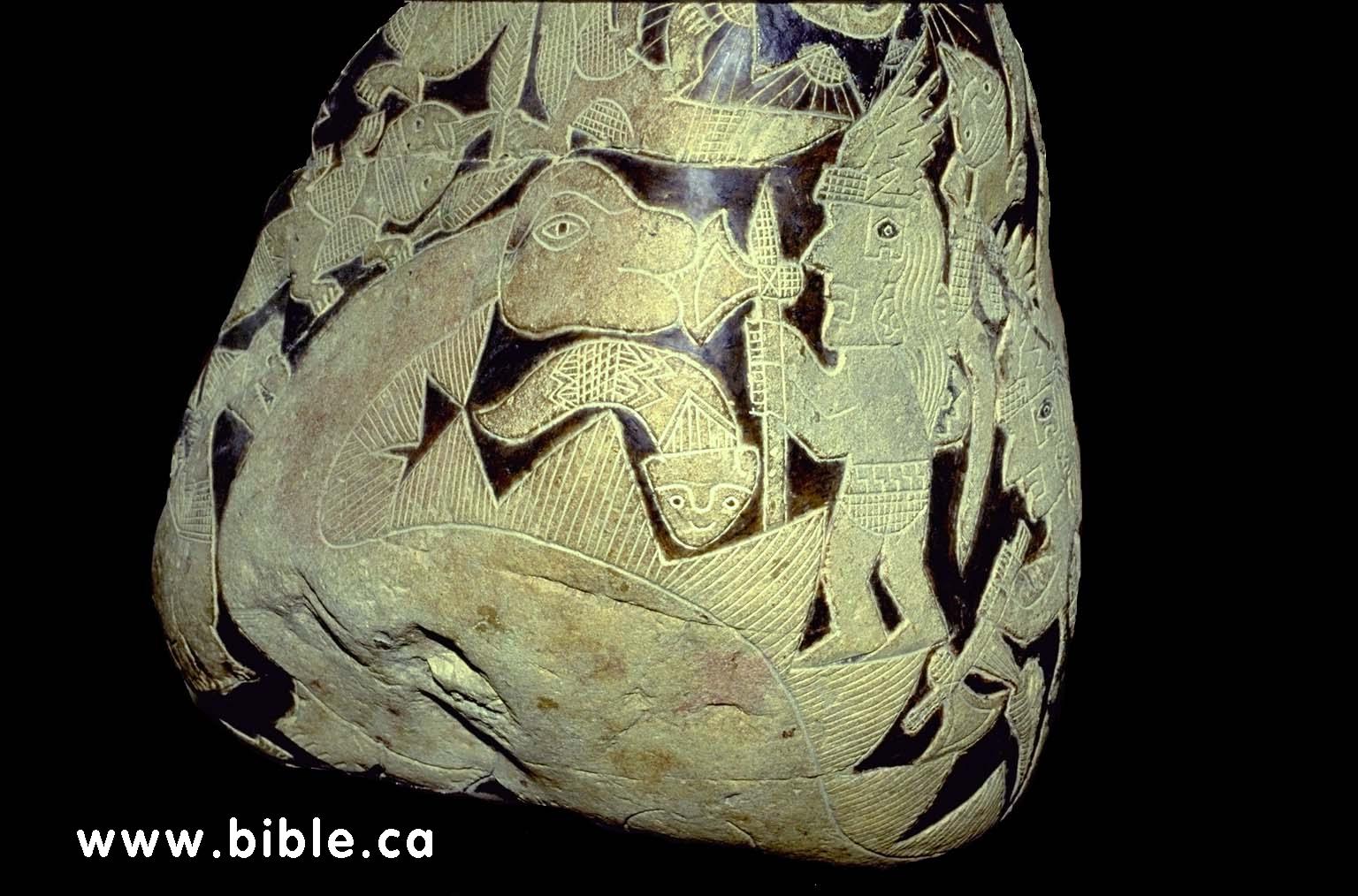
Dinosaur Art From Ancient Tombs In Peru evidence that dinosaurs and humans coexisted
By Marco Aquino and Carlos Valdez LIMA - Paleontologists have unearthed the skull of a ferocious marine predator, an ancient ancestor of modern-day whales, which once lived in a prehistoric ocean.
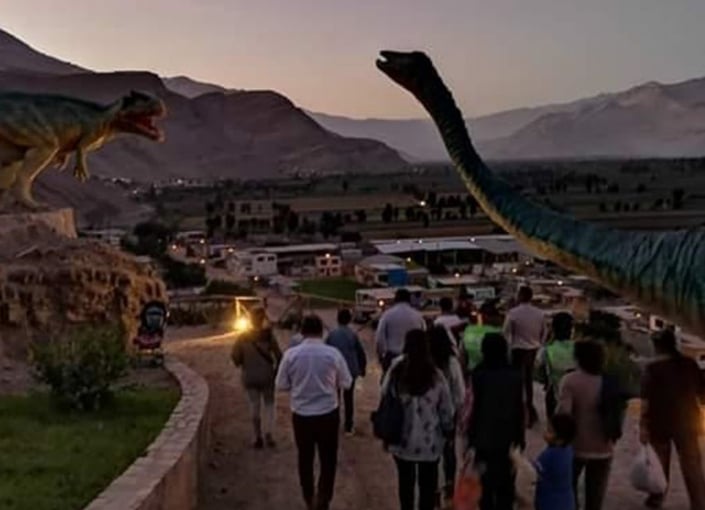
The Dinosaurs of Querulpa in Peru
Dec. 11, 2010 OCUCAJE, Peru Nestled between the Andes and the Pacific, the sparse desert surrounding this outpost in southern Peru looks like one of the world's most desolate areas. Barren.
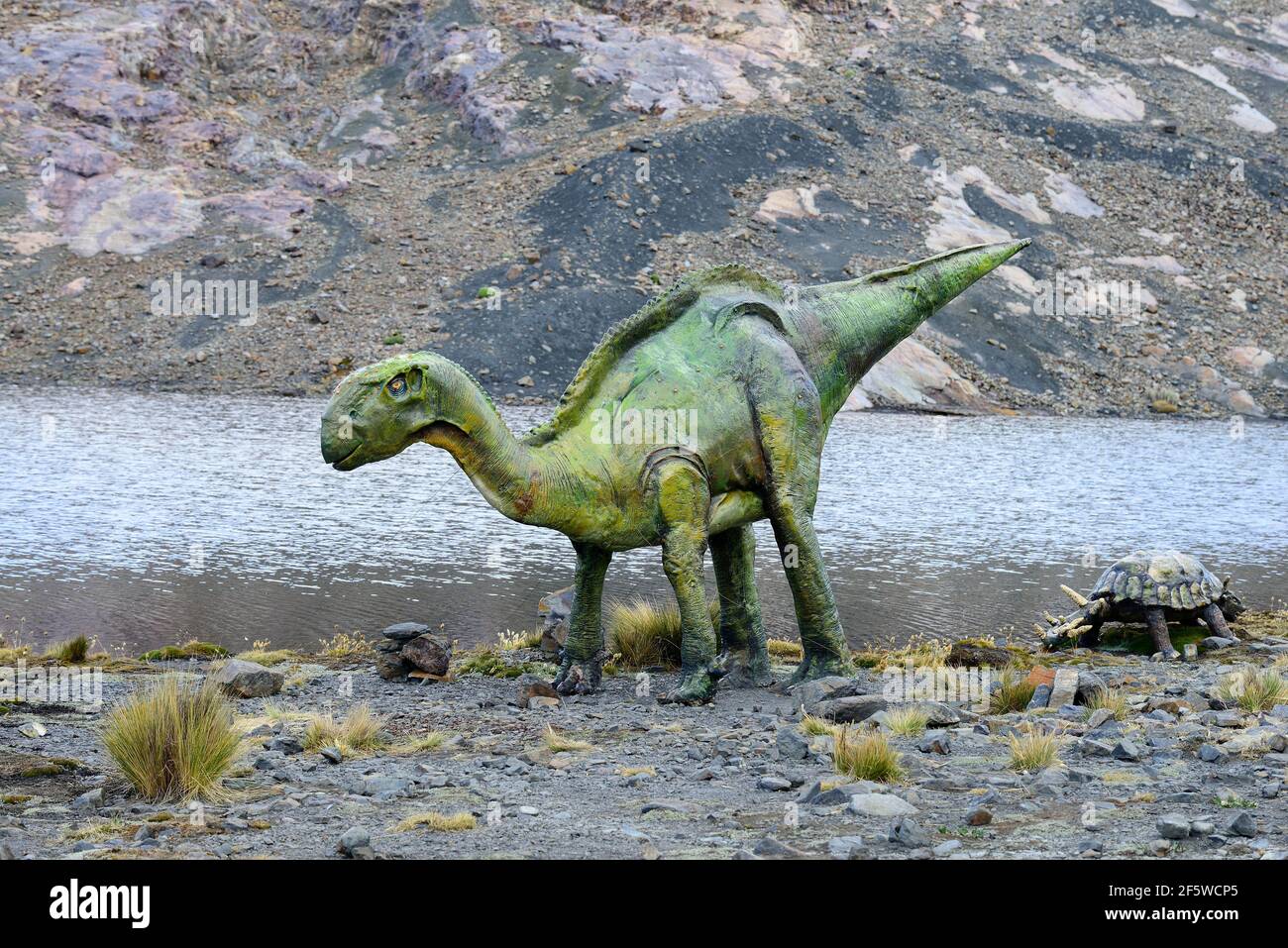
Lifesize figure of a dinosaur at the highest site in the world, Pastoruri Glacier, Cordillera
Alberto Gennari With its dense, heavy bones, Perucetus could only have foraged in shallow waters Scientists have identified a new candidate for the heaviest ever animal on Planet Earth. It's an.
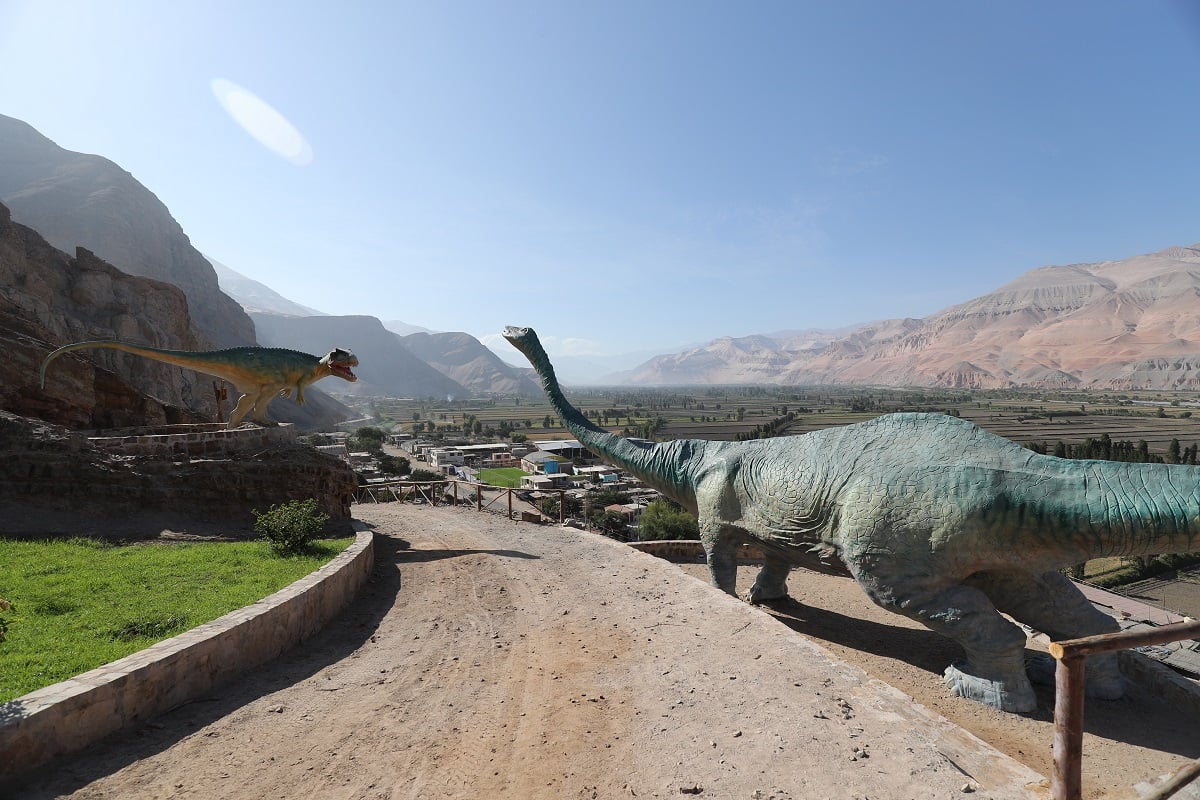
The Dinosaurs of Querulpa in Peru
According to paleontologists, the Titanosaur was the largest dinosaur that ever inhabited Peru. It was 14 meters long, 5 meters high and could have weighted the same as four modern elephants today. "It is the only dinosaur that can be confirmed to have existed in the Peruvian territory with evidence based on

Dinosaurs from Peru
Associated Press 2.06M subscribers Subscribe 70 Share 2.7K views 10 months ago Fossilized dinosaur remains were presented at the Museum of Natural History of the Universidad Nacional Mayor de San.

Dinosaurs from Peru
Description Two stones depicting human figures The Ica stones have all been reported from the Ica Province in Peru. The stones are composed of grey andesite, [6] a type of volcanic rock. They vary considerably in size, from very small (a few centimetres across) to boulders over half a metre across.

Dinosaurs from Peru
Halisaurus Plesiosaurus a pteranodontid Categories Community content is available under CC-BY-SA unless otherwise noted. Peru is a country from South America. It is a home section to the Amazon forest. A few dinosaur fossils were dug up in the area. It includes Titanosaur, and Abelisaurid remains.

Peruvian Dinosaur Vase Dinosaur history, Ancient history archaeology, Dinosaur facts
Main page; Contents; Current events; Random article; About Wikipedia; Contact us; Donate
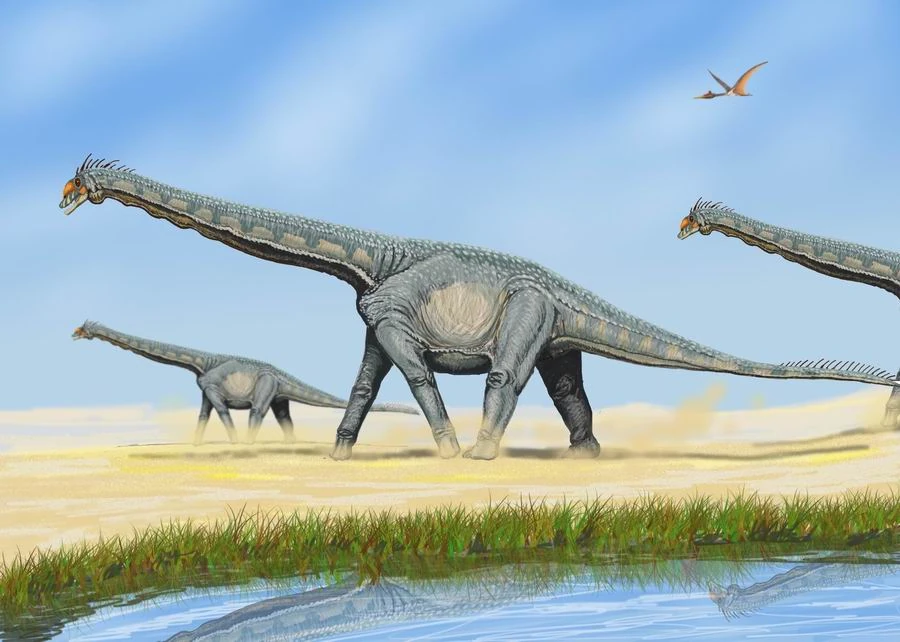
Dinosaurs of Peru Fossil Wiki Fandom
March 18, 2022 / 3:04 PM EDT / CBS/AFP Paleontologists on Thursday unveiled the fossilized remains of an ancient whale that inhabited the seas 36 million years ago, found last year in a Peruvian.

Dinosaur Exhibition in Miraflores, Lima, Peru Editorial Stock Photo Image of exhibit, animal
The 36-million-year-old skull of a massive marine monster has been unearthed in Peru.. Where did the asteroid that wiped out dinosaurs come from? Published. 21 August 2021. View comments. Watch.
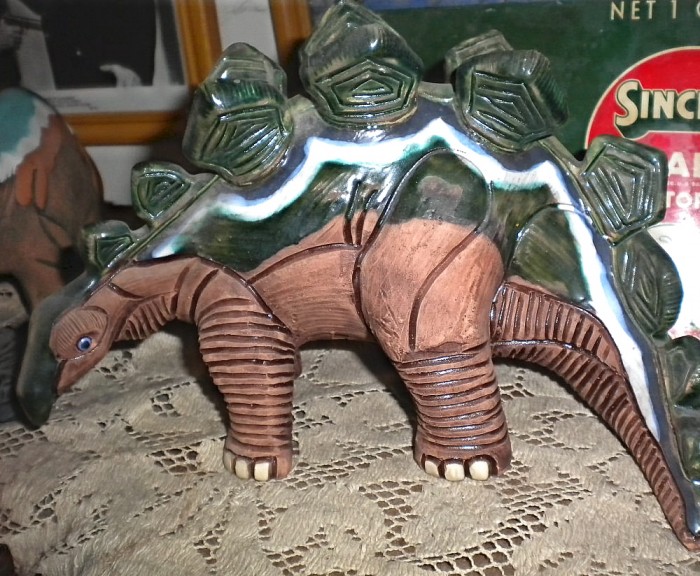
Dinosaurs from Peru
Creationists used the Ica stones to claim that humans lived in proximity with dinosaurs, which contradicts evidence that the extinction of dinosaurs predates mankind by approximately 65 million years and disproves evolutionary theory.

Peruvian Dinosaurs Educational Sculpture Project Arturo Laime
Palaeontology is, unfortunately, not a discipline taught in Peruvian universities, so there are only two ways to become a "dinosaur hunter" in Peru; study biology then go abroad to specialise in palaeontology, or self-taught through practice - the route taken by Rodolfo Salas, member of the palaeontology department at the University of San Marcos.

Peruvian Dinosaurs Educational Sculpture Project Arturo Laime
The new geoglyphs join an existing collection of mysterious drawings in Peru known as the Nazca Lines. The area was declared a UNESCO World Heritage Site in 1994. At the time, just 30 geoglyphs.